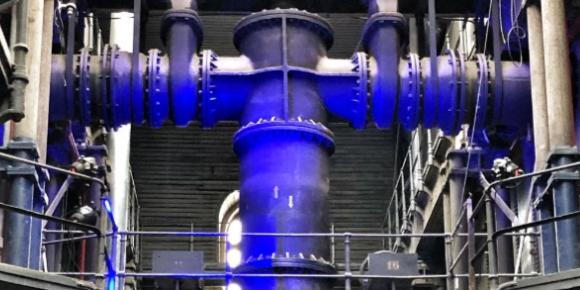
•Systems and routines help us get through our day.
•Disruption of routines is challenging and can make us feel lost, anxious or depressed.
•Using creativity and out of the box thinking can help us to cope and thrive with the challenge.
A system is a combination of things working together for a particular purpose. A routine is a sequence of actions uniformly followed. We use and rely on a variety of systems and routines as they go through an ordinary day. You use the public transportation system to get to work. You have a morning and bedtime routine. Your company pays you through a direct deposit system. These systems and routines help give shape, predictability, functionality, comfort, and security to daily life.
In 2020, when the novel coronavirus Covid-19 spread worldwide, systems and routines of countries, businesses and people were greatly impacted. The most dramatic aspect was that virtually everything came to a stop for a time. This was unexpected, and most people felt unprepared.
How do people respond to something like this, especially when they can’t rely on their customary systems and routines? As this was a novel virus, much was unknown at the beginning of the crisis and things changed quickly and kept changing. We were told our safest choice was to stay home and away from people who did not live in our household. Fear, especially health-related, comes with anxiety. The unknown provokes anxiety in most people. Home, work, school, religious services, gym work-outs and even grocery shopping were impacted. Staying inside and not engaging in or relying on social and entertainment options was depressing. Without our systems and routines, we felt dysregulated, which is disconnection between our mental, emotional and physical senses and the ability to manage them. What makes people feel regulated or feeling in control and fully present is attachment to other people who feel regulated. Now we were being told that being close to others is what could make us most at risk of what we fear. Frustration, confusion, anxiety, depression are all expected responses to such an unexpected situation.
In situations when systems or routines encounter a change, challenge or interruption, we often can rely on help. For example, there would be signs for a detour if the road to work is closed. If the printer doesn’t work, we can look at a user’s manual, visit YouTube, Google or call the help line.
What do we do with this unexpected situation where there are no detour signs or help desk? We have to look to ourselves to examine the systems and routines we have used. We need to ask ourselves mindful questions about this current, specific challenge. We need to tap into our own creativity and look outside our usual routines to find new ways to cope. It is like going to a favorite restaurant, sitting down to order your usual meal and finding out that it is not available tonight. What do you do? You are there and you are hungry. It is a good place, there must be something else good on the menu. Ordering something new that you would not have tried if your usual meal was not available could become your new favorite dish. When challenged, move outside the routine and be creative. We must adjust our systems and routines or create new ones to not only get through, but hopefully thrive within limitations.

